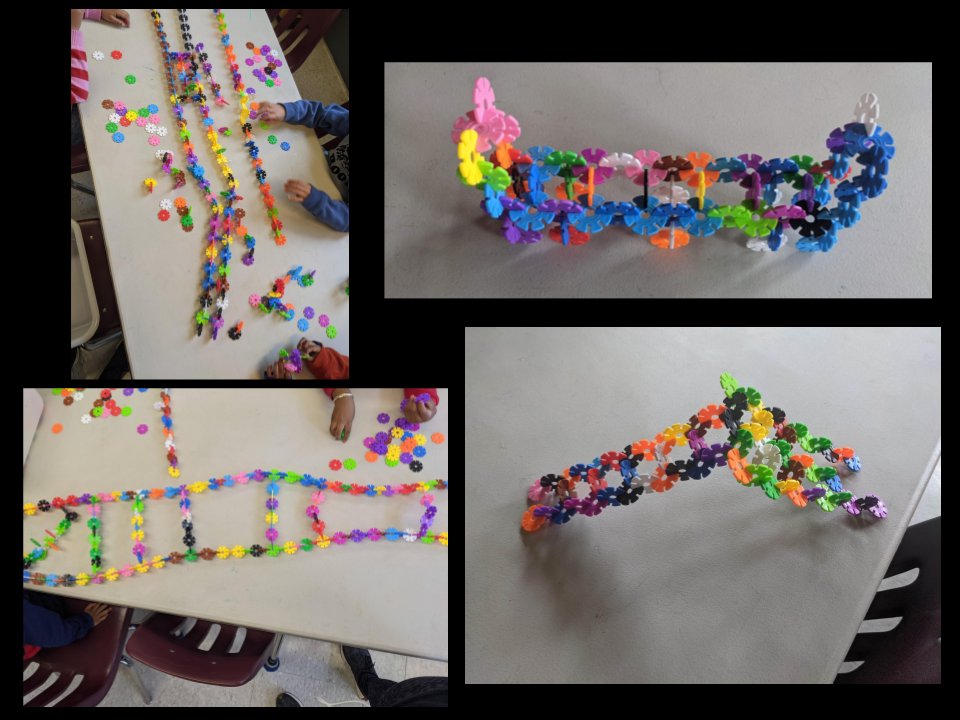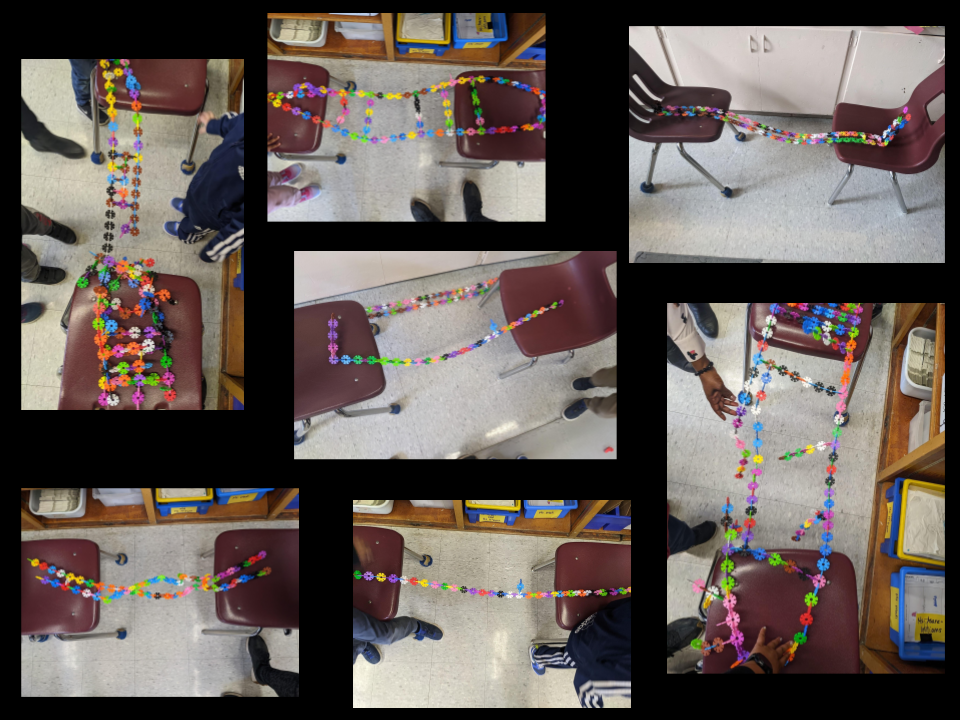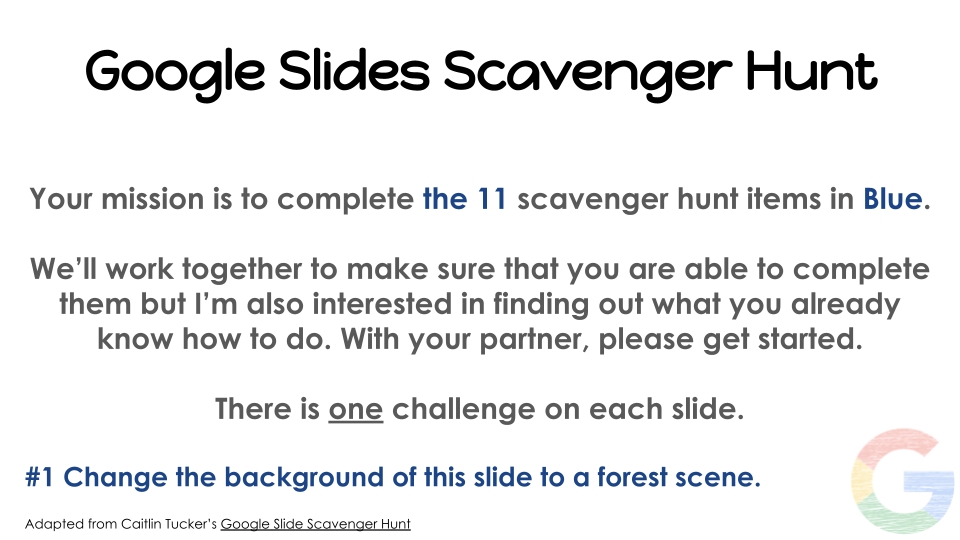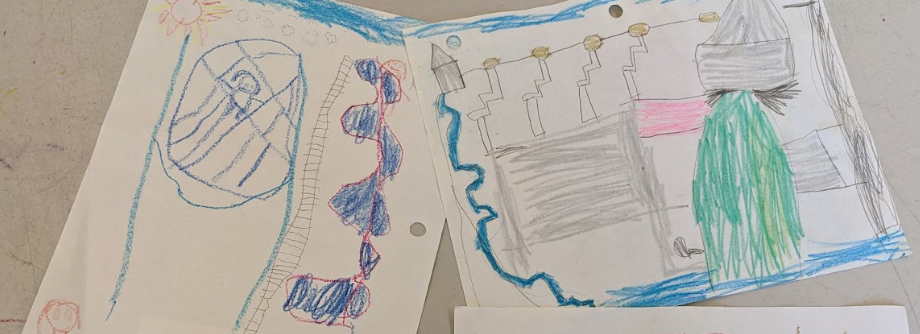I googled “kids these days” to see what would pop up on my browser and was neither surprised nor happy. In fact there was a complete absence of anything necessary to help me create a catchy opening. By necessary, I mean humorous.
Of the 4.1 billion possibilities: a bunch of clichéd book titles, a podcast, and some music videos were all that filled the first page. Despite my optimism, all I got was not a lot. So much for this roundabout approach yielding anything interesting as a way to set this piece up. I gave it a shot, and based solely on such underwhelming search results, it is on to plan B.
Plan B: In other, more accurate, words, “the kids are alright”.
For the past month, I have been working with a teacher candidate (TC) from a Toronto area university. Happily, I might add. He now joins a mighty group of amazing educators (14+) who have patiently pursued and plied their practice in my classroom. For the record, the expression shared in the title of this post has yet to enter my thoughts when I consider the preparation, professionalism, and passion being shared each day through our interactions, in the classroom with students, and among the rest of our school community. And when you thought that things couldn’t get any better, our school has been fortunate enough to welcome an additional 3 other teacher candidates into our classes.
Life is good and it is happening at the speed of education everyday at my school, and it is aided, in part, by the presence of 4 teacher’s in training. We are fortunate to be sure, but it could and needs to happen more often. Which was why it came as a surprise prior to welcoming my TC, to learn it has been a struggle to find host teachers.
Granted, the last 2 or 3 years must have been very difficult for new teachers to find placements in host schools due to reasons well beyond anyone’s control. At first it was understandable as we were all forced back and forth between our school and home bases to teach on line for the first two years of COVID19, and then came the soul murdering hy&r!d learning model that still triggers my gag reflex each time I think about it. Despite the pile up of so many uncontrollable obstacles, pivots, and uncertainties I still happily welcomed 3 teacher and 4 CYW candidates into our school community. Difficult yes, yet still possible and worth it every time.
I get that the idea of hosting a student teacher right now might be something educators have put to the side for a while, but now that we are back to school, for now, there is still a lot of upside to a TC in the new non-normal we are teaching in. With another practicum cycle only 5-6 weeks away, I wanted to share this post to encourage you all to consider being a host teacher/mentor at your school. Yes there is additional work to do, and it is worth it.
So here is my pitch: we need more teachers to host teacher candidates.
Here goes: firstly, without adding too much sentimentality, we all owe our host teachers some props for helping us as we were getting started. This friendly yet simple reminder never hurts once in a while. I know that my experiences as a TC all those years ago continue to anchor my practice in some way. Whether it was based in inquiry, equity, or photocopied busy work, the potential impact of those first 100 days in the classroom are what equipped me to become a host teacher. For the record, I left the photocopying busy work behind almost immediately.
Imagine if you could go back to when you were a student teacher. What advice would you have wanted to hear? What noise would you have tuned out? This is what pushes our profession forward. My goal remains to help each student teacher turn ripples of potential into limitless waves of possibility long beyond their practicums.
Even those who have not considered because they are newer to the profession I encourage you to do it. Imagine the opportunity to reflect on the growth you have made since you were in their shoes? Imagine the wisdom you have gained since you walked into the classroom as an OT, an LTO, and now as a teacher with a contract? It’s time to give back and get even more in return.
Are there benefits?
Yes. No classroom is ever hindered by having a well prepared and supportive additional educator in the room. Need more? Sprinkle in daily doses of fresh thinking around curriculum, assessment, and educational philosophy as part of the deal. The daily conversations with my TC have been reflective and thought provoking. It is a two way superhighway of ideas and next steps. Still on the fence? Student teachers are extremely enthusiastic about planning units and lessons, and make good collaborators whether it is in planning or co-moderated assessment.
Are there drawbacks?
I have asked folx from different schools what their take on the idea of hosting TCs, and the answers have lined up pretty consistently in favour of them. I have also heard, “Oh, they are a lot of work and I don’t want to take that on that responsibility and paperwork.” This is a valid answer at times, and yes there is a bit of paperwork (mostly digital now), but is often used far too often without realizing the benefits, ideas, and support that a TC brings as well. Any additional work is far outweighed by their contributions in support of students.
“I had a student teacher once, and they tried to take over my class.” There is always a possibility that a very excited and ambitious educator will come bouncing through your door for their practicum, but it is also a chance for you to impart that wisdom you’ve worked so hard on accumulating. If it is not going to be a good fit, be honest about it right away. I did have occasion to decline working with a candidate after the first day it became very clear they were neither prepared nor able to work respectfully with the students in my classroom.
“I am not used to giving over control of my classroom.” I get it. We are used to ‘be the one and only’ in our classrooms however fresh views and voices bring a level of excitement along with them and it is good to learn how to let go knowing that you are not abdicating your role, but making room to equip the next generation.
By sheer amount of space on the page devoted to the pros and cons of having a student teacher, it might appear that there are more downsides, but that is only a visual ruse. By far, working with teacher candidates over the past decade has provided a great deal of personal growth along with it. I hope you can make room for them in yours.






